二維材料系統可實現單光子發射器和自旋量子比特,為新型量子現象和技術應用開辟了一個嶄新的舞臺。例如,二維六方氮化硼結構可容納穩定的單光子發射器和自旋三重態缺陷結構,因而引起了人民的廣泛關注。
然而,這些量子缺陷的不可控性及化學性質的不確定性阻礙了其進一步發展。通過引入能精確調控的外部缺陷,可以彌補量子缺陷化學性質的不確定性問題。
來自美國加州大學戴維斯分校物理系的Ping Yuan教授,提出了一套完整的理論框架來識別寬帶隙二維材料系統中的量子缺陷,可用于單光子發射體和自旋比特的設計。他們通過用第一性原理方法計算了h-BN材料系統的缺陷能量,確定了具有三重態的缺陷結構,通過分析次級量子自旋的零場分裂,對相關能級進行了控制。
此外,根據缺陷躍遷和輻射壽命,他們篩選出了h-BN中潛在的單光子發射器缺陷結構。該理論框架考慮了缺陷-激子耦合等多體相互作用,并計算了每個缺陷的電子結構和光譜。通過考慮Huang-Rhys近似之外的聲子波函數重疊,作者開發了一種計算非輻射系統間交叉速率的方法。這項工作為二維材料中缺陷設計提供了一套完整的第一性原理理論框架,并為二維材料在量子信息科學中的應用提供了參考。
該文近期發表于npj Computational Materials 7: 59 (2021),英文標題與摘要如下。
Despite the recognition of two-dimensional (2D) systems as emerging and scalable host materials of single-photon emitters or spin qubits, the uncontrolled, and undetermined chemical nature of these quantum defects has been a roadblock to further development. Leveraging the design of extrinsic defects can circumvent these persistent issues and provide an ultimate solution.
Here, we established a complete theoretical framework to accurately and systematically design quantum defects in wide-bandgap 2D systems. With this approach, essential static and dynamical properties are equally considered for spin qubit discovery.
In particular, many-body interactions such as defect–exciton couplings are vital for describing excited state properties of defects in ultrathin 2D systems. Meanwhile, nonradiative processes such as phonon-assisted decay and intersystem crossing rates require careful evaluation, which competes together with radiative processes.
From a thorough screening of defects based on first-principles calculations, we identify promising single-photon emitters such as SiVV and spin qubits such as TiVV and MoVV in hexagonal boron nitride. This work provided a complete first-principles theoretical framework for defect design in 2D materials.
編輯:jq
-
發射器
+關注
關注
6文章
862瀏覽量
53933 -
函數
+關注
關注
3文章
4359瀏覽量
63500 -
單光子
+關注
關注
0文章
20瀏覽量
8160 -
二維材料
+關注
關注
0文章
48瀏覽量
5622
原文標題:npj: 二維材料中量子缺陷—理論設計框架
文章出處:【微信號:zhishexueshuquan,微信公眾號:知社學術圈】歡迎添加關注!文章轉載請注明出處。
發布評論請先 登錄
相關推薦
JCMSuite應用-利用微柱和量子點產生單光子源
紅外發射器是什么_紅外發射器怎么安裝
二維周期光柵結構(菱形)光波導的應用
雷鈺團隊及合作者在二維材料缺陷調控及生物應用等領域取得新進展
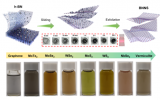
labview按行讀取二維數組之后再按讀取順序重新組成二維數組如何實現?
二維材料 ALD 的晶圓級集成變化
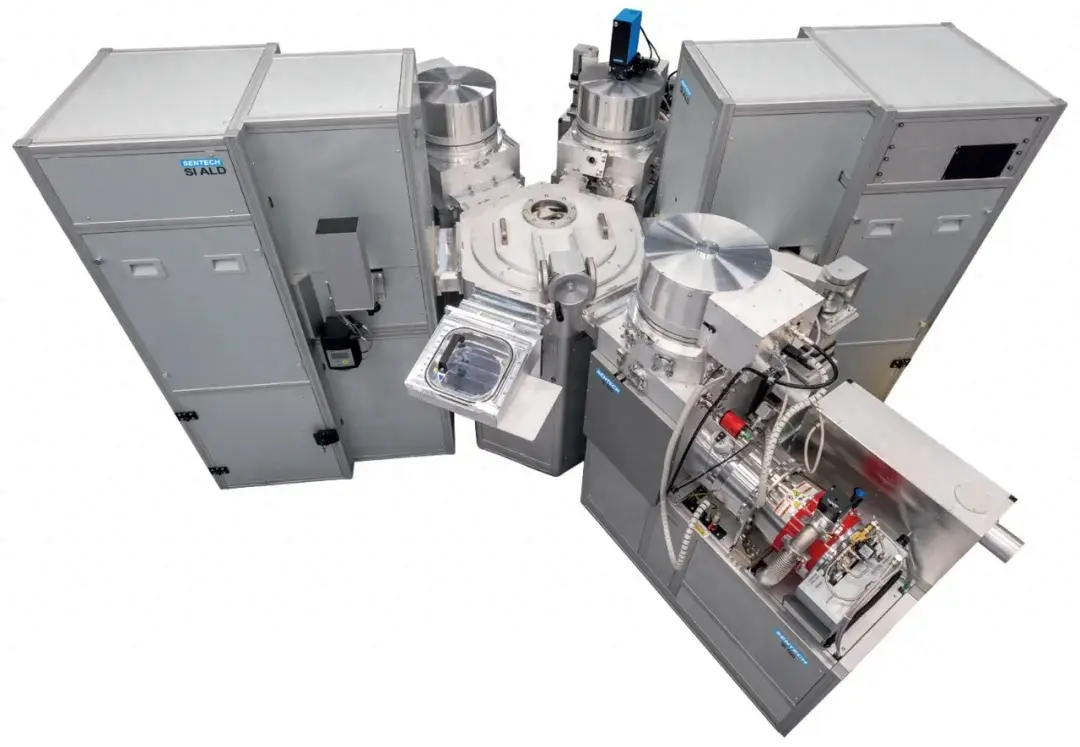
我國學者首次實現基于數百離子二維陣列的可單點分辨的量子模擬器
膠體量子點和二維材料異質結光電探測器應用綜述








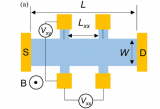

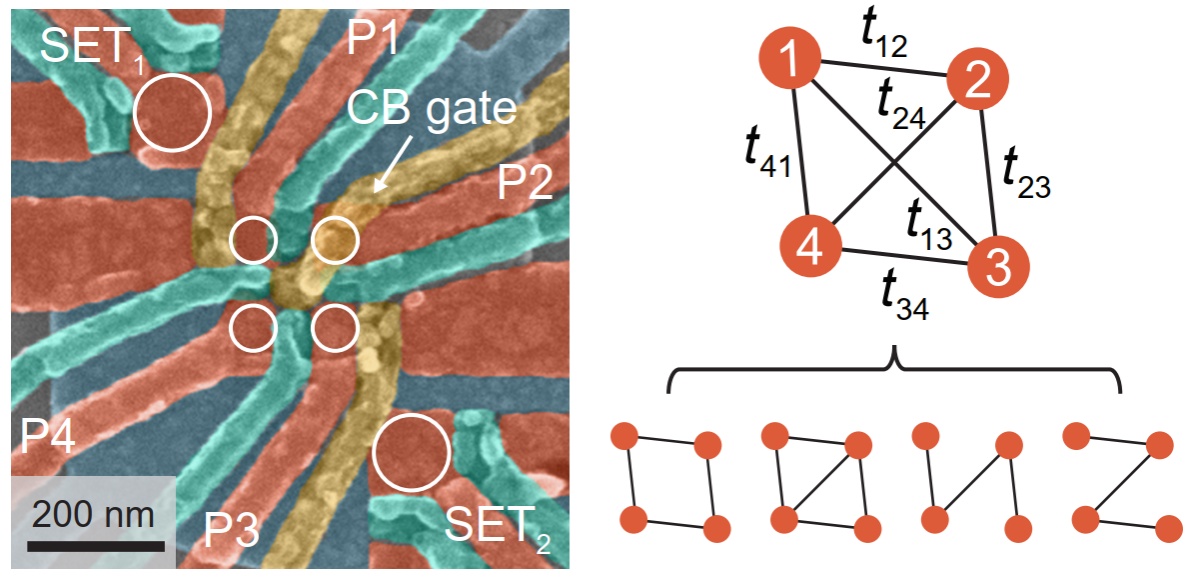


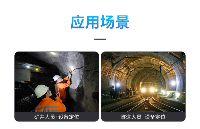











評論